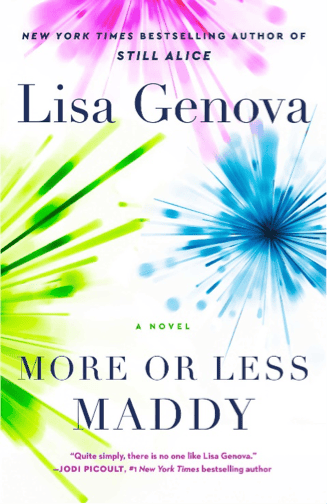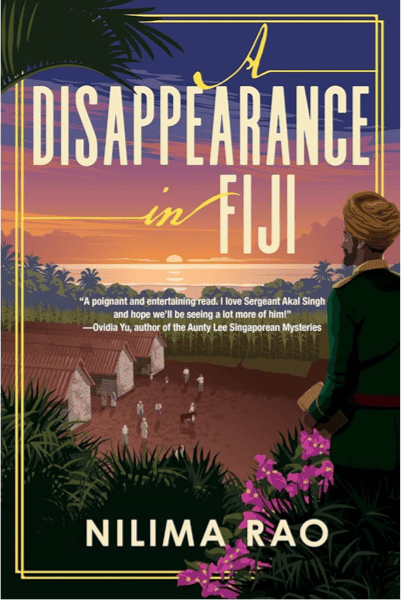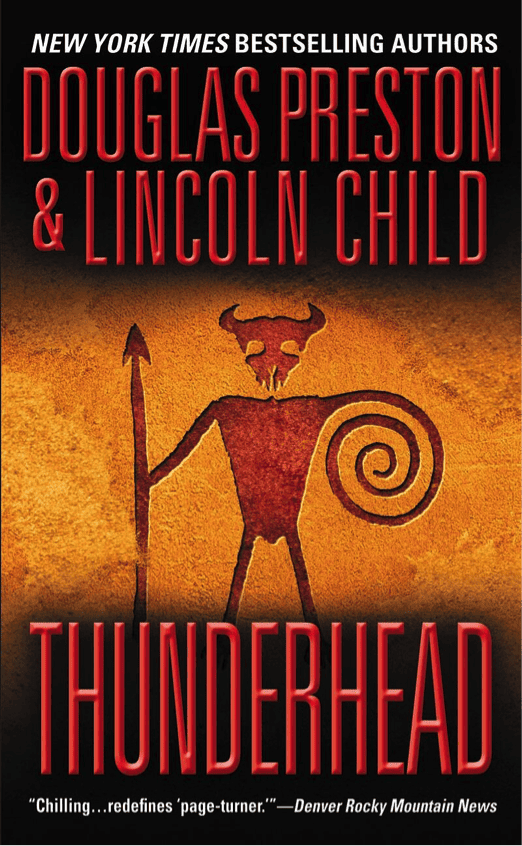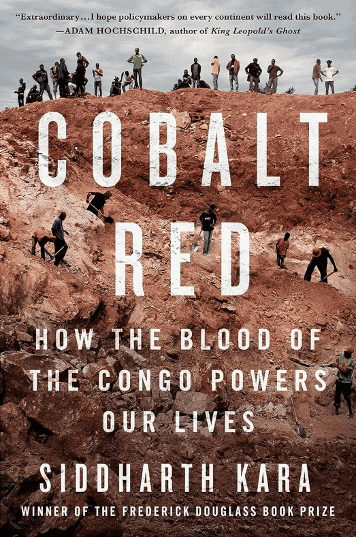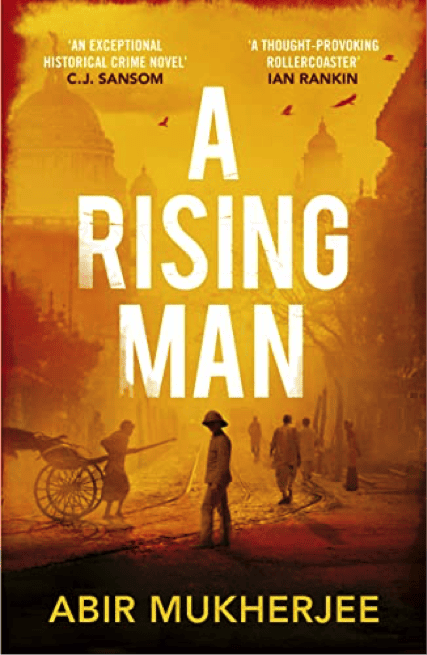Adult Books Reviews
More or Less Maddy by Lisa Genova Being a student at NYU, Maddy is overwhelmed with all of the demands of college and the unfortunate ending of her relationship with […]
Read More >>A Disappearance in Fiji by Nilima Rao It’s 1914 and 25-year-old Akal Singh has been reassigned to Fiji from his respected position as a police sergeant with a promising career […]
Read More >>Daughters of Shandong by Eva J. Chung “Education, while only in one facet, creates a foundation for working toward other goals. It can lift people out of poverty, and break […]
Read More >>Fly Girl by Ann Hood “The job gave me things I never could have imagined: the ability to talk in front of a couple of hundred people and navigate the […]
Read More >>Breasts: The Owner’s Manual: Every Woman’s Guide to Reducing Breast Cancer Risk, Making Treatment Choices, and Optimizing Outcomes by Kristi Funk, M.D. One in eight women will be diagnosed with […]
Read More >>NO MORE EMPTY SPACES by D. J. Green In this thoughtful, engaging novel, divorced father, single parent, and geologist, Will Ross attempts to make a better life for his family, […]
Read More >>North of Dawn by Nuruddin Farah A character driven novel, it opens in Norway when a middle-class couple, originally from Somalia, discover their estranged and radicalized son has killed himself […]
Read More >>Cobalt Red: How the Blood of the Congo Powers Our Lives by Siddharth Kara “We work in our graves.” ~ Josue, a Congolese artisanal worker “Cobalt is an essential component […]
Read More >>No Two Persons by Erica Bauermeister “No two persons ever read the same book, or saw the same picture.” –The Writings of Madame Swetchine, 1860 I don’t want to provide […]
Read More >>A Rising Man by Abir Mukherjee The first in the Wyndham & Banerjee series of five books (at present), this gripping historical novel is set in Calcutta, India in 1919, […]
Read More >>
